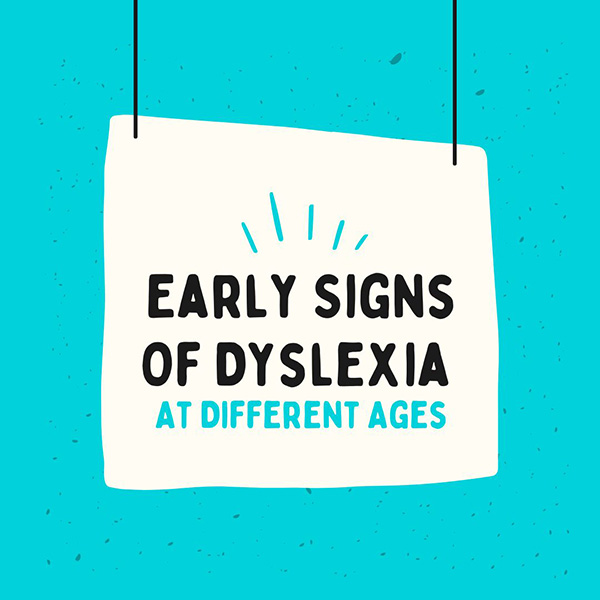It’s wonderful to watch a child as they develop and learn, but it can be hard to see them struggle with their studies. In some cases, those struggles may result from dyslexia, a learning difference that can make it hard for a person to understand written words. Early assessments and interventions can prevent children from falling behind in school, so it is important to learn the associated signs.
What Is Dyslexia?
While many people have heard the term “dyslexia,” not everyone understands its meaning. According to the Mayo Clinic, this learning difference happens when someone experiences difficulty connecting speech sounds with letters and words. The result is difficulty processing text and symbols. Having dyslexia is not an indicator of a person’s intelligence or potential to succeed.
What Does Dyslexia Look Like at Different Ages?
This condition can sometimes go undetected in people for years. Some studies estimate that as much as 20% of the population has dyslexia, with many cases untreated. Recognizing the signs early and getting an assessment and diagnosis for a child can reduce years of frustration.
Preschool Children
Even before a child begins school, they may show signs of dyslexia. Key indicators include delayed language skills. A child who seems to start talking at a later age than expected or has trouble learning new words may need screening. Some children will also reverse sounds in words, another sign that the parts of their brain that manage speech are functioning differently.
Early Grade School
The signs of dyslexia can become more pronounced once a child is in a more formal school environment and given structured lessons. As they learn to read with their peers, children dealing with dyslexia may become frustrated.
They may also rely on pictures in books when reading and substitute a word they know for what is really on the page. For instance, if they need to read the word “plant” and see pictures near it, they may read “flower” because that’s how they interpret the picture. An inability to grasp phonetic sounds associated with specific letters is also a warning sign.
Actively avoiding reading is another sign of struggle in learning to create and read words.
Late Grade School and High School
People who make it into the later years of grade school and beyond without a proper diagnosis will usually develop some coping skills but still show signs of dyslexia. Children may read very slowly, consistently be below their reading grade level, and have a lot of trouble with spelling. Many older people work to find ways to have other people read for them.
Getting an Assessment for Dyslexia
If there are any hints that a child may have dyslexia, a screening is a critical next step in the child’s development. The Tests of Dyslexia (TOD™) assessment tool is a great place to start. Get an understanding of the child’s obstacles sooner so you can create a path to success for them. WPS is offering assessment tools to help students succeed in school, contact them today!







Speak Your Mind